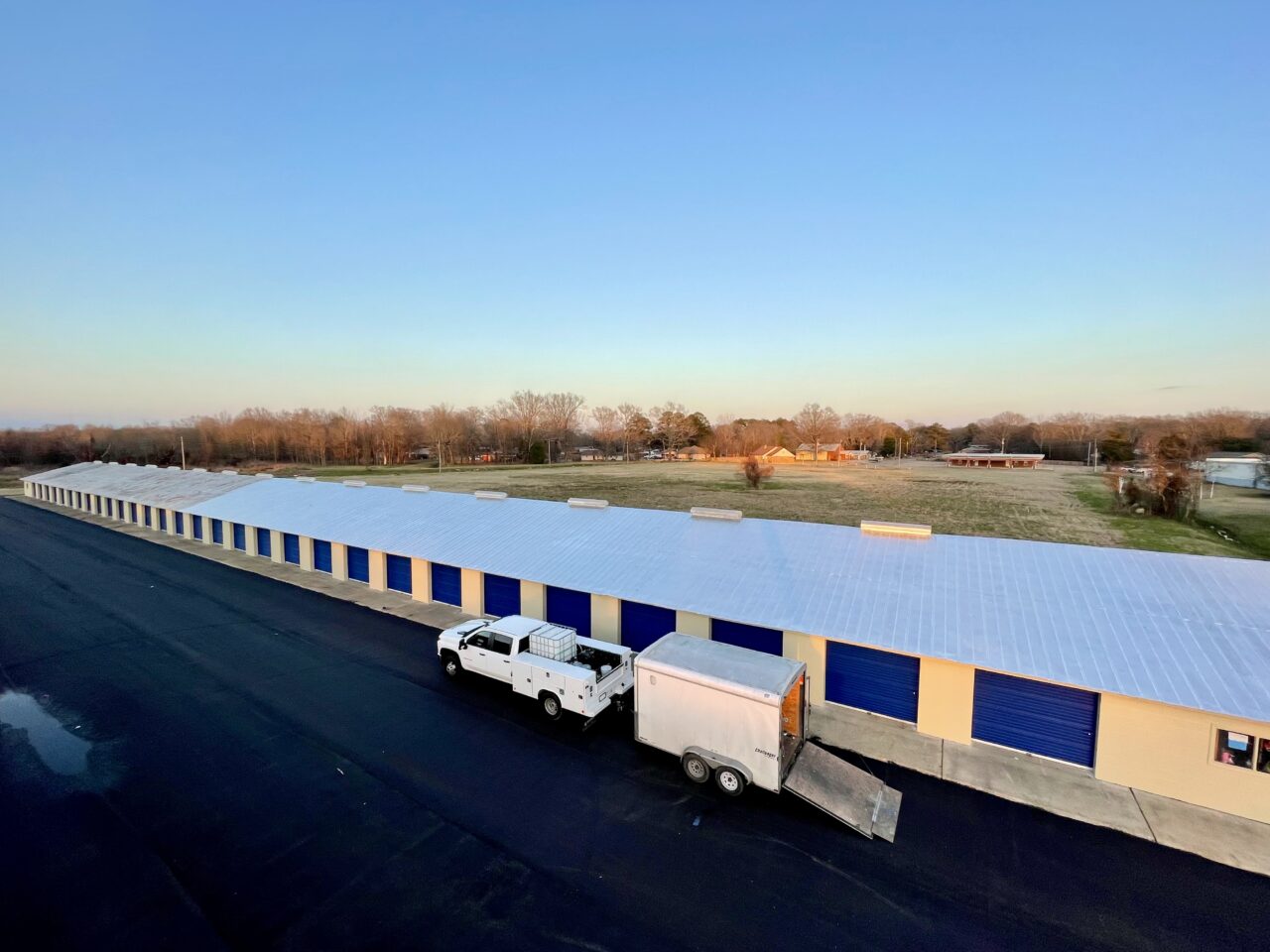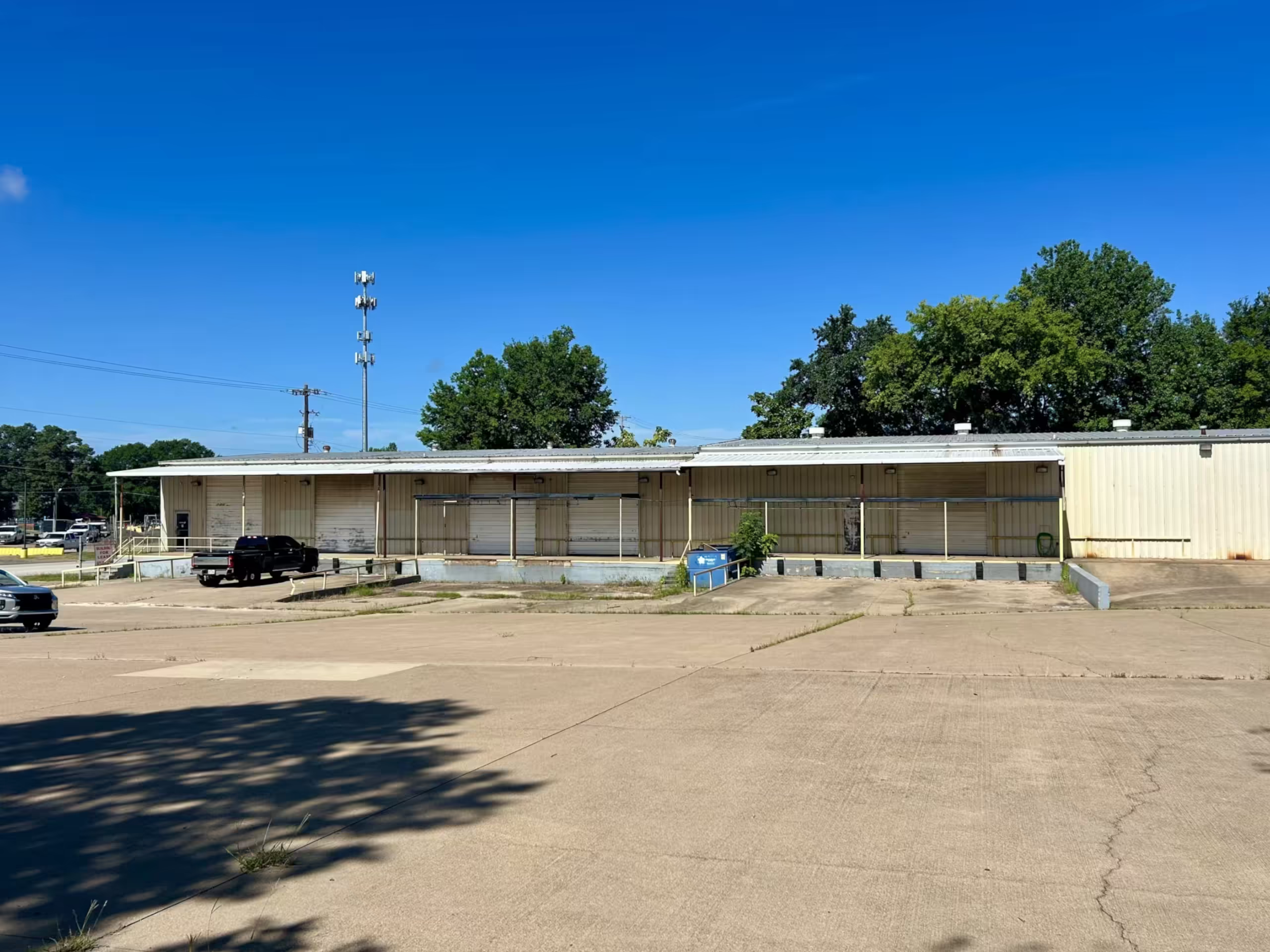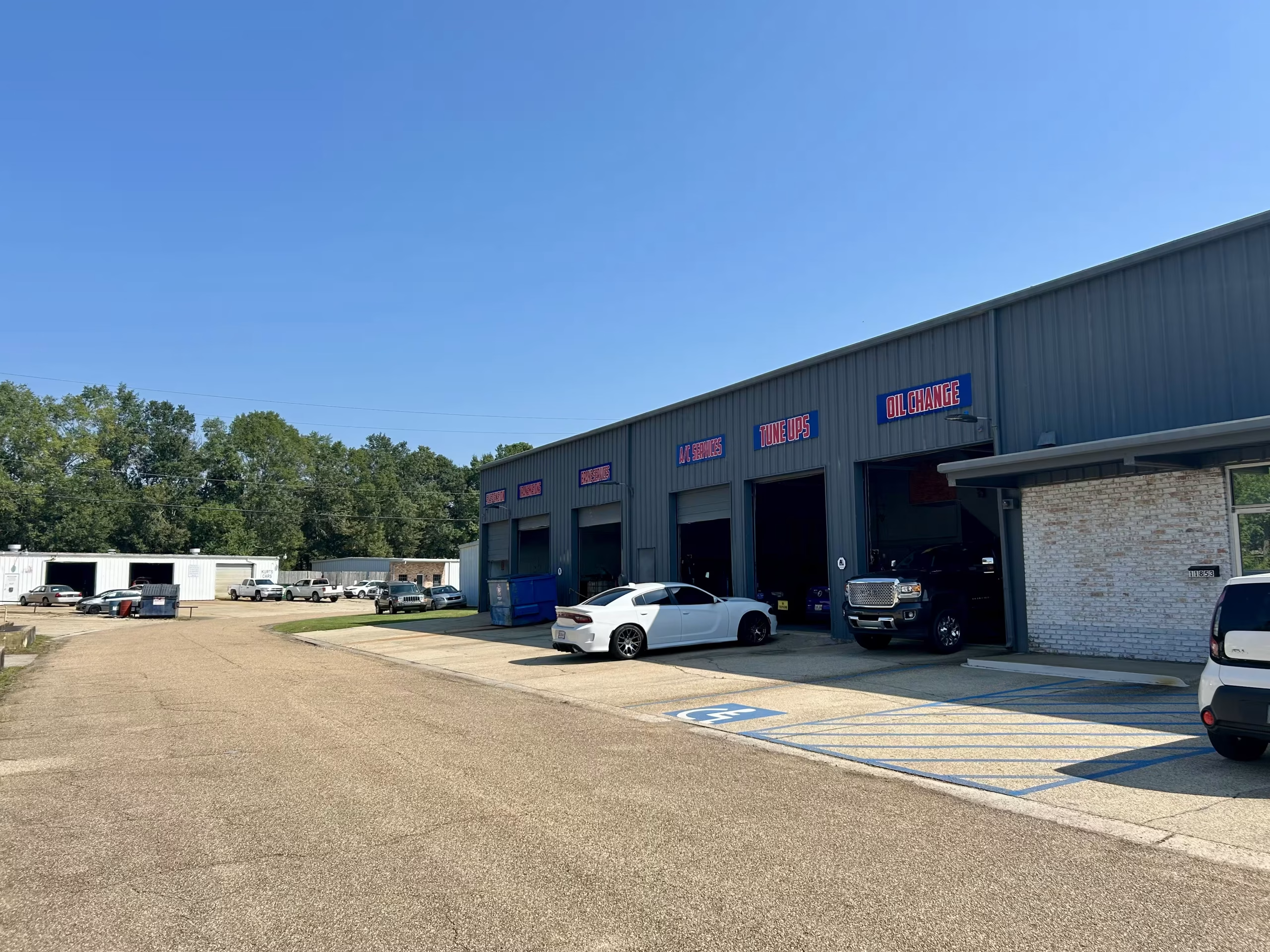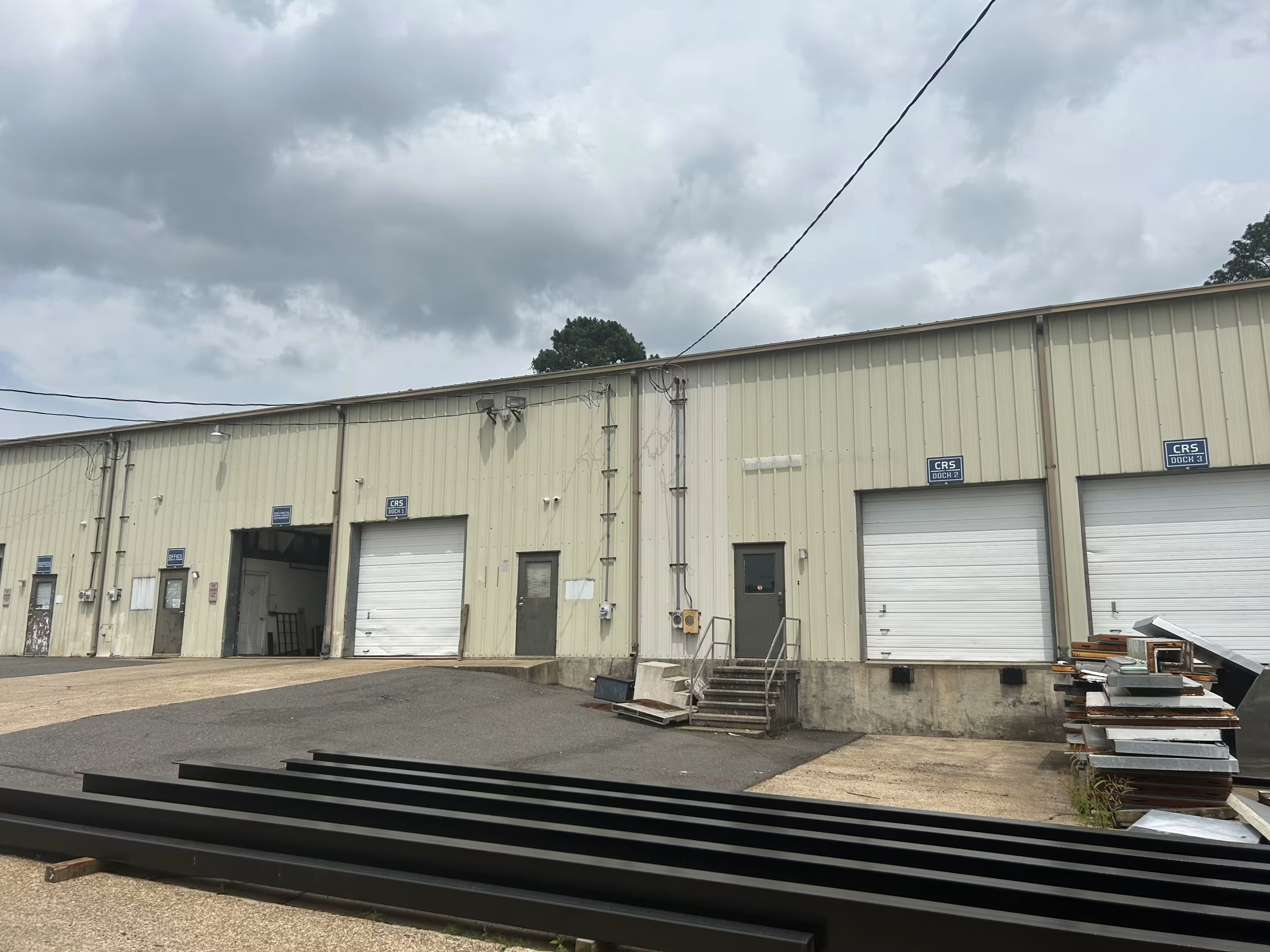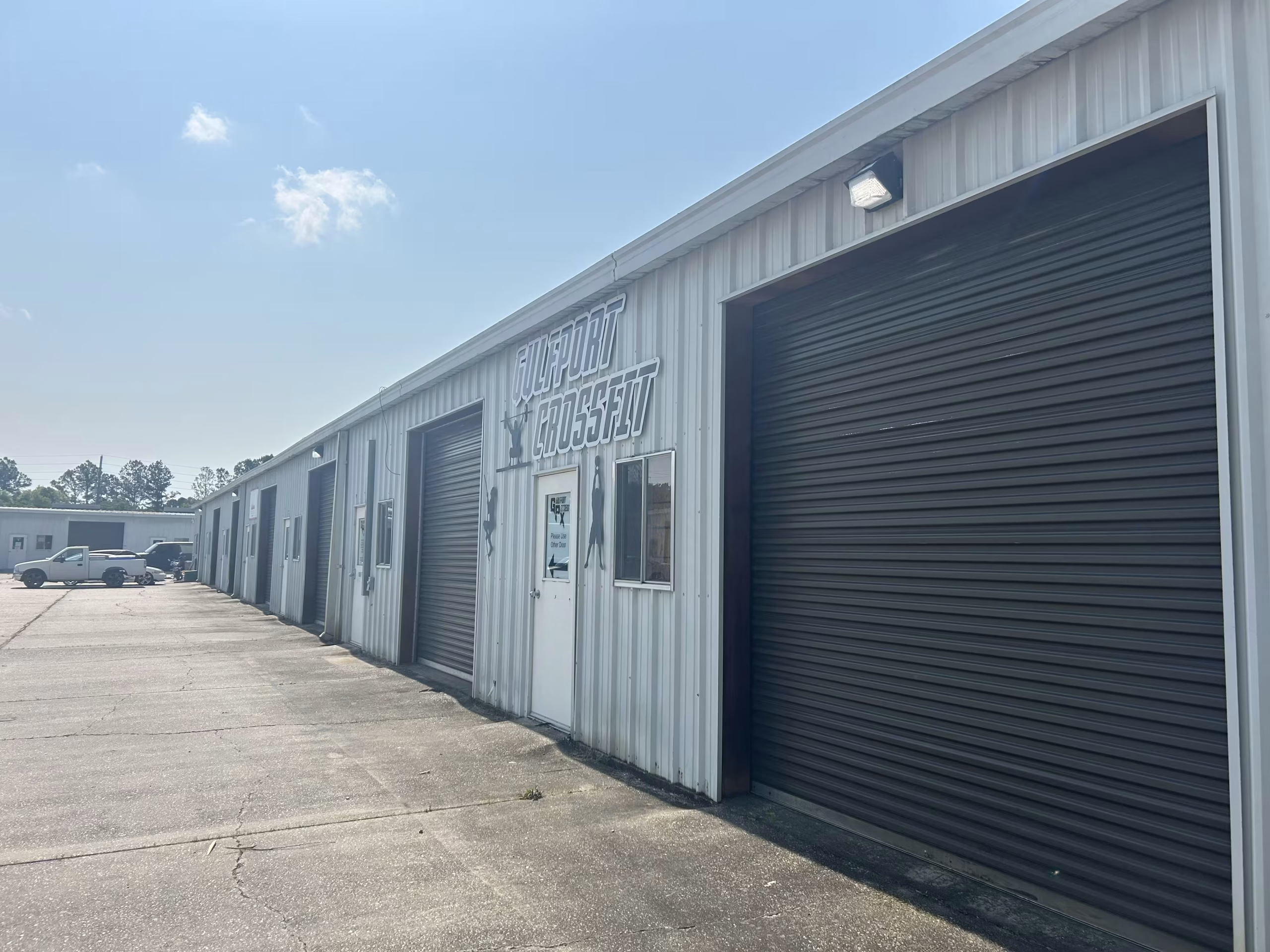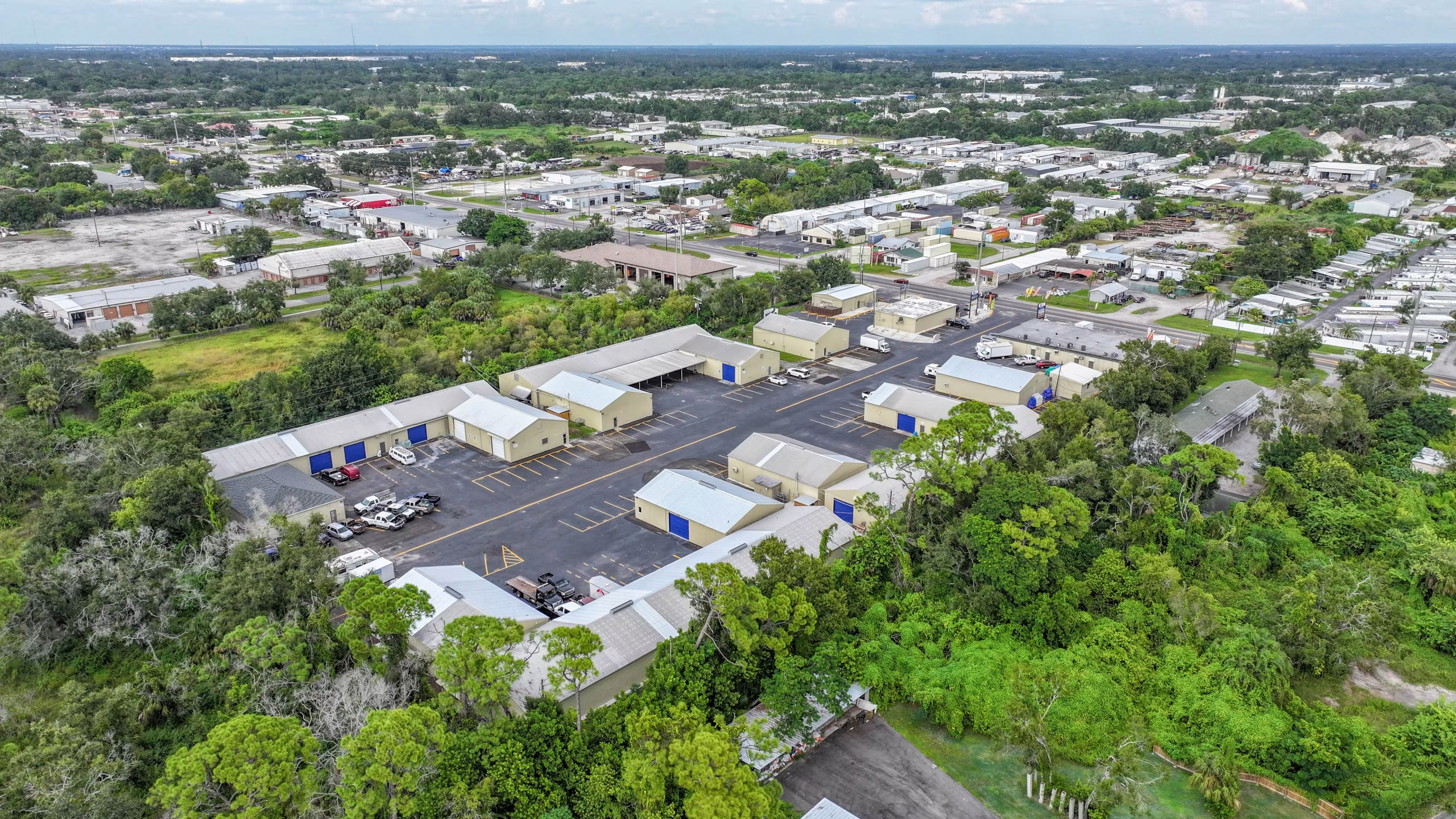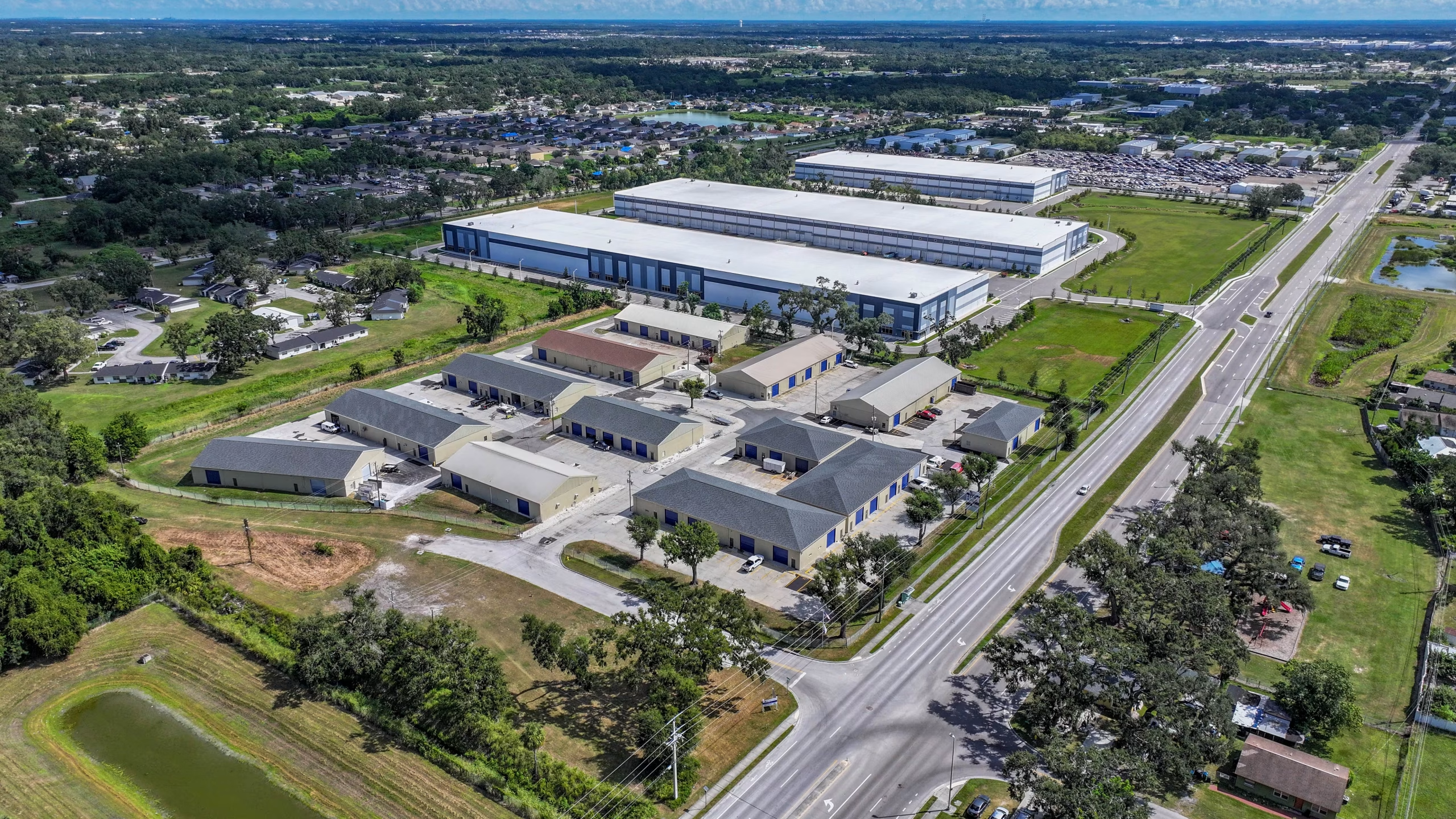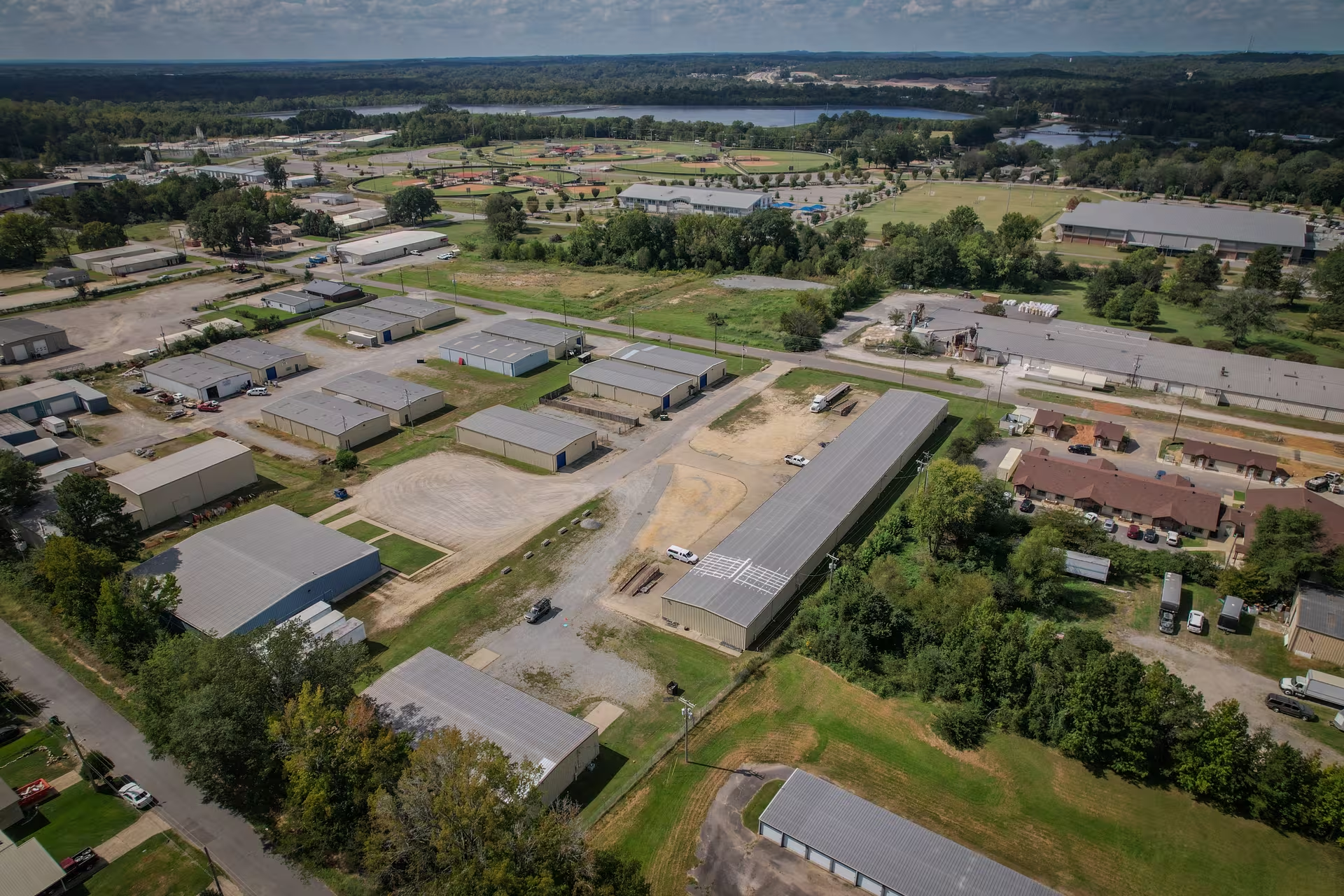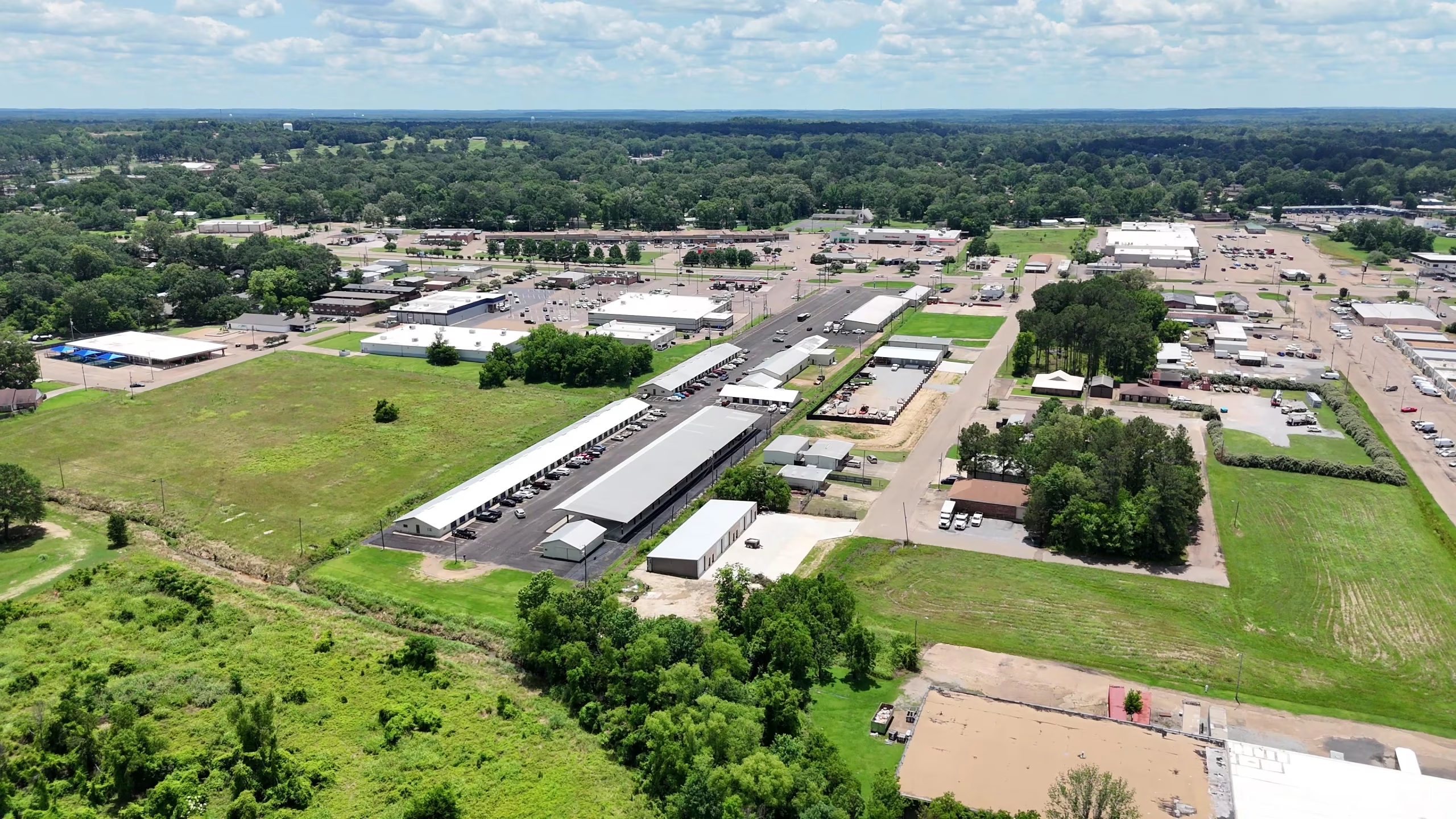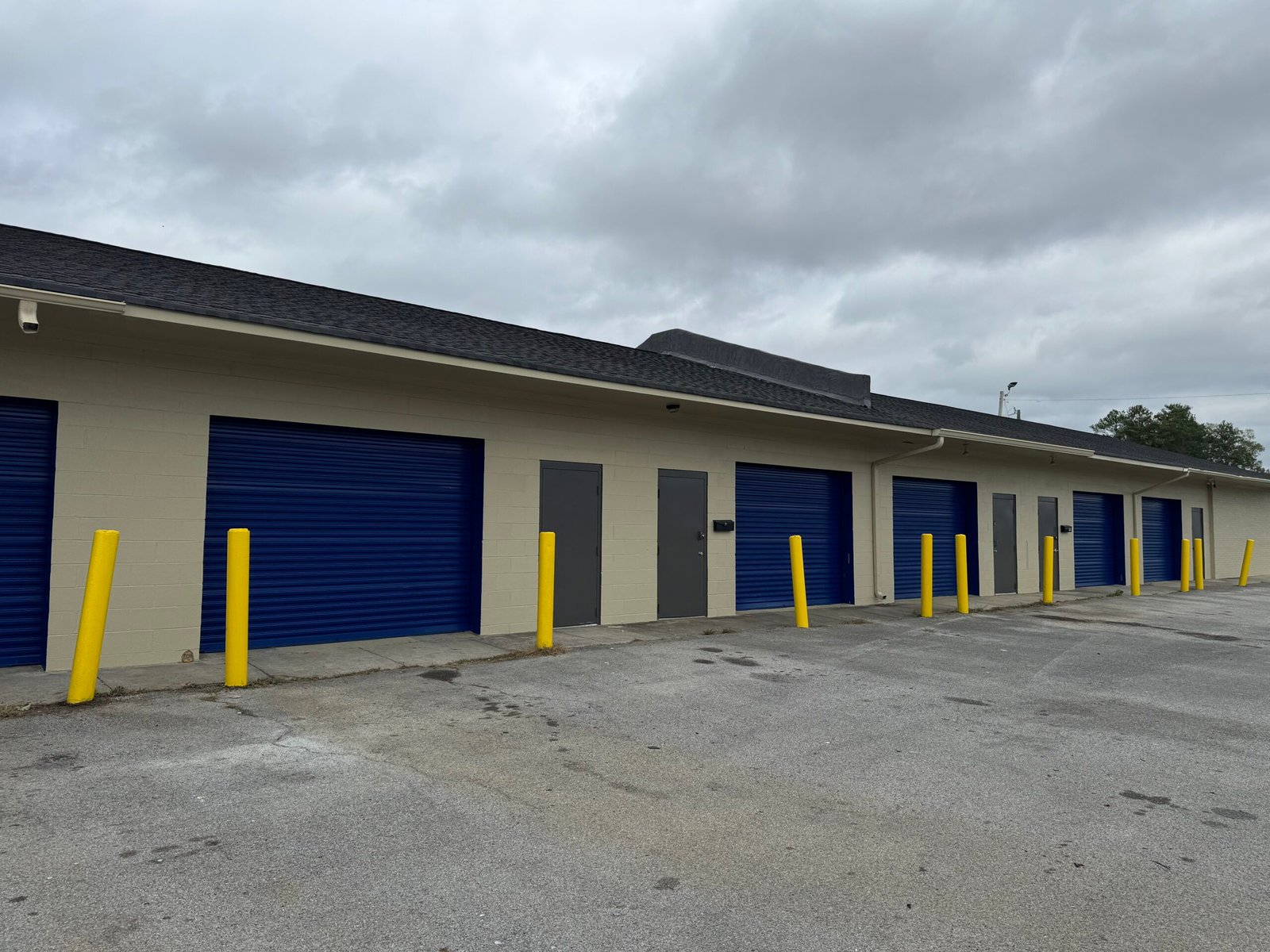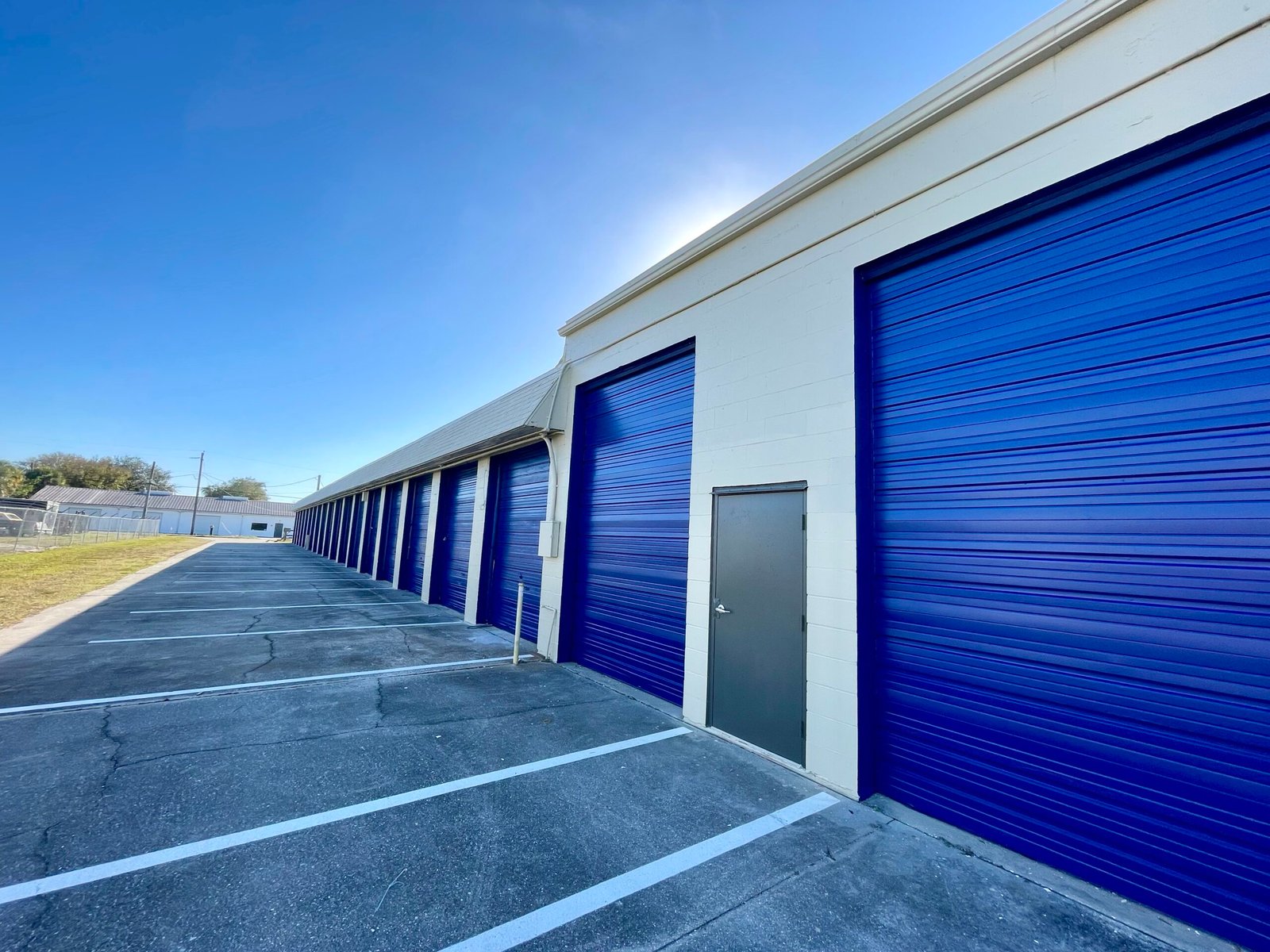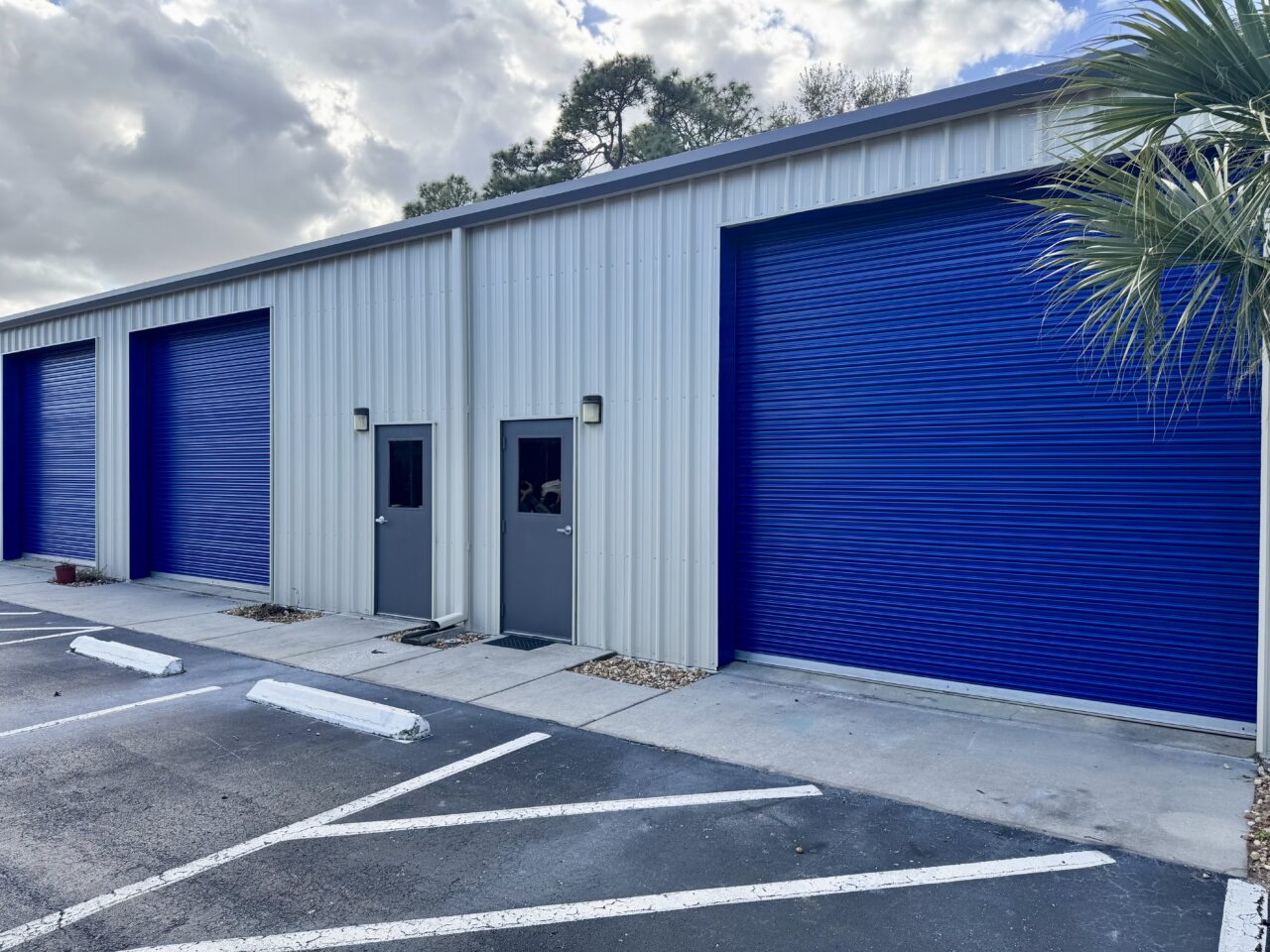Natural disasters can happen when you least expect them, and for businesses or individuals leasing warehouse spaces, preparation is key to protecting your inventory, equipment, and operations. While property managers are responsible for securing the overall facility, it’s essential that tenants also take proactive steps to safeguard their individual units and business continuity.
Here’s a practical guide on how warehouse tenants can prepare for a natural disaster.
📋 1. Understand Local Risks
Each location has its own disaster risks—from floods and tornadoes to earthquakes and wildfires. Knowing what threats are most likely in your area helps you plan smarter.
Action Tip:
Check local emergency services or resources like FEMA’s Risk Map to see what types of disasters are most common near your warehouse.
📑 2. Review Your Lease and Insurance Coverage
While your property manager covers the building structure, tenants are responsible for insuring their own inventory, equipment, and business operations. Make sure your policy includes coverage for natural disasters common to your region.
Action Tip:
- Review your lease for disaster-related clauses, responsibilities, and emergency procedures.
- Ensure your business insurance covers losses due to natural disasters and any interruption to business operations.
🧰 3. Secure and Organize Your Warehouse Unit
Take proactive steps to protect your inventory and assets in case of a disaster.
Ideas:
- Store valuable inventory on pallets or shelving to protect against flooding.
- Keep critical documents and sensitive equipment in waterproof, fire-resistant storage containers.
- Use strapping or shelving restraints for stacked goods in areas prone to earthquakes or high winds.
- Keep aisles clear to allow quick access in emergencies.
📲 4. Stay Informed
Sign up for local emergency alerts and weather notifications to receive up-to-the-minute information during a disaster situation.
Recommended Resources:
- FEMA App
- Local government alert systems
- Weather apps with push notifications
📑 5. Maintain an Emergency Contact List
Have a list of emergency contacts, including property management, insurance providers, suppliers, and staff. Make sure copies are stored both digitally (cloud-based) and in a secure, waterproof location inside your unit.
🔄 6. Plan for Business Continuity
Consider how your business would continue to operate if your warehouse space becomes temporarily inaccessible or damaged.
Action Tip:
- Identify alternate storage or fulfillment options ahead of time.
- Back up business-critical data to the cloud.
- Develop a communication plan to quickly reach employees, suppliers, and customers.
✅ Final Thoughts
Disaster preparedness is part of responsible warehouse management. By securing your space, protecting your assets, and staying informed, you can help minimize potential losses and recover faster after an emergency.
